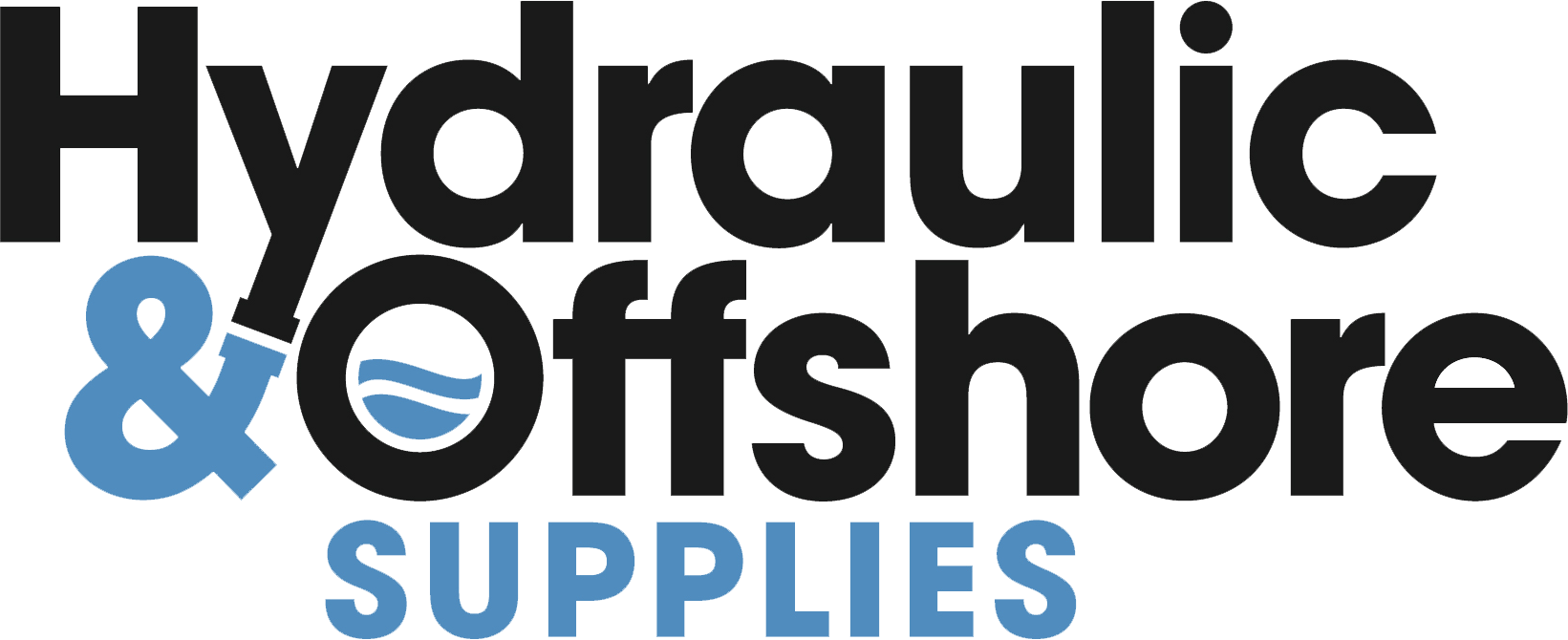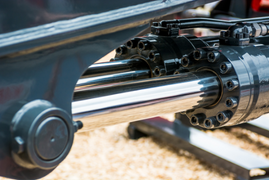Hydraulic Cylinders: Comparing Custom and Off The Shelf Solutions
Hydraulic cylinders are the muscle behind many industrial and mobile operations but how do you compare custom and off the shelf solutions? Our latest blog looks at the how’s and why’s. Compared to other actuators, hydraulics deliver: Efficient power-to-weight ratios. Variable speed control. Mounting and positioning benefits. Cost- and energy-efficient designs. But once a…
Hydraulic cylinders are the muscle behind many industrial and mobile operations but how do you compare custom and off the shelf solutions? Our latest blog looks at the how’s and why’s.
Compared to other actuators, hydraulics deliver:
- Efficient power-to-weight ratios.
- Variable speed control.
- Mounting and positioning benefits.
- Cost- and energy-efficient designs.
But once a design team opts for hydraulic actuators, they are faced with another decision: go with commercial off-the-shelf (COTS) cylinders or have them custom-made.
Standard Cylinders
COTS cylinders have definite advantages. For example:
- They are readily available and can be delivered almost immediately.
- They minimize manufacturing costs.
- Their performance is proven.
- They cost less than custom-made versions.
The main problem with standard cylinders is they are not optimized for any design team’s application or product. In fact, it’s highly likely COTS cylinders will be either over-designed or under-designed. If they are over-designed, customers will pay for performance and features they never use. This can lead to inefficiencies and lost performance and downtime. All of these leave customers dissatisfied.
Custom Cylinders
For many products and equipment, engineers should go with custom cylinders. It lets engineers “build” cylinders that fit the customers’ needs and eliminates the inherent inefficiencies of under-or over-engineering.
They also provide a host of benefits.
Design teams can move ports to different locations, change the mounting style, adjust the orientation and make other refinements. Even if no major design changes are needed, custom cylinders can be tweaked to ensure they fit exactly and simplify installation. For example, ports, manifolds, and hoses will all line up, avoiding delays and risky “good enough” assembly.
An off-the-shelf cylinder is a one-size-fits-all solution. So engineers may wind up designing products to accommodate the cylinder rather than the other way around. This limits design flexibility, and teams will have a harder time juggling the issues of space, weight, performance, serviceability and ease of assembly.
Companies also turn to custom cylinders to meet ISO certifications or other industry standards and regulations. This is especially important in the medical, food and beverage, and other highly regulated industries. Engineers can also design custom cylinders that are more compact and lightweight than their COTS counterparts, making custom hydraulics better for tight spaces and mobile.
There are several key design aspects to keep in mind when specifying custom cylinders. Each of these considerations presents a challenge for standard cylinders, but custom designs can overcome these challenges and turn them into opportunities for better cylinder performance. Considerations include:
Cylinder sizing. An inappropriately sized cylinder can have drastic implications for the performance, efficiency, and reliability of any hydraulic system. Cylinder bore size is particularly important, as it determines the force the actuator can generate. If the cylinder diameter is too small, the actuator may not reach the customer’s targeted speeds or cycle times.
Rod choice. When choosing the best rod for a cylinder, its diameter and material type are important. The goal is to get the lowest priced rod that is suitable for the application at hand. By designing custom cylinders with fatigue, buckling and impact failure in mind, engineers can design better, more efficient rods. This could help reduce the rod diameter which, in turn, lowers the cylinder’s weight and the price of the cylinder.
Custom cylinders and rods also let designers choose among several materials. Nitro steel shafting, for example, offers protection when applications involve consistent exposures to chemicals such as fertilizer. Induction hardened shafts can be used for its added protection, which exceeds that of standard chrome when it comes to handling debris that may affect the shaft and lead to premature failure.
Seals. No single seal material and type is compatible with every cylinder design. Depending on the customer’s application, they can be made of elastomers, thermoplastics, or thermoplastic elastomers such as rubber, polyurethane and polytetrafluoroethylene. An application and its pressure, temperature, speed and the environment must be taken into account to get the right custom seal.
Cylinder mounting, assembly and maintenance. Custom cylinders with orienting ports, manifolds and hoses/fittings designed with a specific application in mind can simplify assembly and setup. This saves time when installing the cylinder at a customer’s location. It also streamlines operations by making the cylinder more accessible for repairs and maintenance.
Besides being lighter and more compact, custom cylinders are often easier to mount, as bearings and pinholes can be added wherever they are needed. Changes in mounting position, even seemingly minor ones, can dramatically improve cylinder performance, efficiency, and product life. And installations won’t take nearly as long.
Less-expensive COTS cylinders quickly become the more expensive option if a company must waste time and money on gruelling installations and purchasing additional fittings or longer hoses. There’s also the risk of displeasing customers.
COTS cylinders will struggle with many of the above considerations and will likely never end up being better than merely “good enough.” Custom hydraulic cylinders, however, can use those design aspects and application restrictions as a blueprint for success. The resulting cylinders will be much closer to optimal. For example, piston rods can be customized to be exactly the required length and diameter and made of materials that best suit the application
Custom cylinders also offer better design integration. Valves, valve manifolds and electronics can be built directly into the cylinder body. This helps customers get their equipment up and running quickly.
Custom cylinders can also be designed for specific operating conditions and environments. It doesn’t matter if the cylinders will be exposed to high ambient pressures in deep-sea environments, high ambient temperatures in near sweltering furnaces or sub-arctic conditions; custom cylinders can handle it.
Custom Cylinders to the Rescue
Custom cylinders can solve tough design problems and lead to more elegant and workable solutions. For example, one company was wasting a lot of time and money trying to get all the air bled out of the cylinders in a machine they were making. To make the problem more complicated, the standard cylinders they were using had to be embedded in the frame. They switched to a custom cylinder with a piston re-phasing valve that could bleed all the air out internally. This saved customers a significant amount of installation time.
In another example, a company’s design team had little space to work with so it chose whatever standard cylinder would squeeze into the space. Once the designers installed it, they realized that they couldn’t get a hose plumbed to the cylinder. They switched to a custom cylinder with a hard fluid line and a port that allowed for easy cylinder access. This saved them assembly time and eliminated the need for additional hosing.
Early onset failure is common with standard cylinders. One company noticed this when trying to use catalog cylinders as the struts for a self-propelled sprayer. The main problem seemed to be the seals. To keep its hydraulics up and running, the customer chose a custom option that involved a new seal package designed specifically for high speeds and violent pressure spikes.
This article was first published by Hydraulics & Pneumatics on the 10th August 2021, thank you to Joe Miksch for sharing.
For more information on hydraulic cylinders feel free to contact our team on hos@hos.co.uk or visit the product page on our website.


